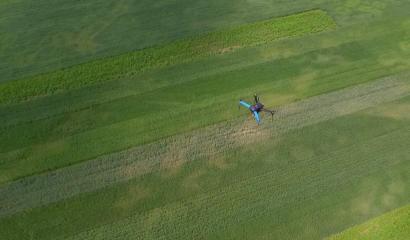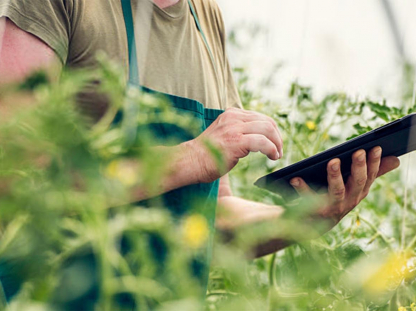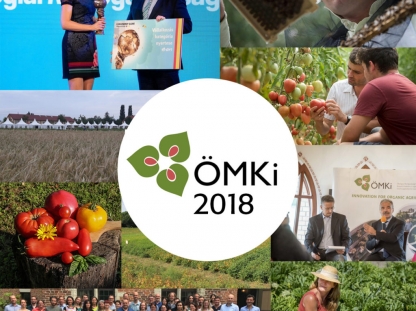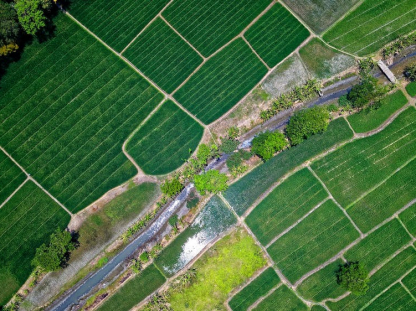One of the main advantages of spectral remote sensing is that it allows us to get chemical information in a non-destructive and chemical-free way. Spectral remote sensing has made great advances, both in terms of its technical solutions and its areas of use. In addition to satellites, sensors installed on aeroplanes have appeared (spectral scanners), as well as field and mobile surface platforms (snapshot spectrometers) such as remote-controlled multicopters, field robots or spectral cameras.

With the growth in spectral remote sensing technologies and platforms, new forms of spectral sensing emerged in agriculture, which take into consideration the special characteristics of the crops, particularly the large spatial, spectral and temporal scales within a production cycle. One of the greatest challenges in remote sensing at the moment is increasing its resolution in time, which can be achieved by autonomous and/or independent platforms and sensor development. This kind of mobility and flexibility can adapt to the variability of agriculture in time and space, and it is also suitable for the more accurate investigation of smaller areas, which makes it a good fit for expectations in organic farming.
Spectral sensing can be used in many areas of organic farming, including when investigating soil heterogeneity, soil resource management, crop purity, vitality, pathogens and pests, estimating yields, planning watering, and mapping plant stress.
Spectral remote sensing
The human eye can only see a narrow range of the electromagnetic spectrum (just the visible light range of 380-780 nm). Even though we are limited in this way, vision is one of our most important tools for remote sensing. Photography and imaging methods that have become widely used thanks to technical developments allow documentation from various distances or photographic remote sensing. Breaking down and measuring visible and non-visible light into different wavelengths became possible with the use of spectroscopy and spectrometry, which is performed with a spectrometer.
A spectrometer reads electromagnetic waves from a given surface and records the measurements. The composition and distribution of wavelengths received from the surface are determined by the physicochemical properties of the surface. The spectrum comprising of the wavelengths encodes many characteristics of a substance as a kind of fingerprint. This method was well known for its use in laboratory settings, but has also been used on satellites, aeroplanes and in handheld devices. It moved from controlled laboratory measurements to remote measurements, where the distance between the device and the sample can be 1 meter, 1,000 meters or even further, thus establishing the science of remote sensing.








